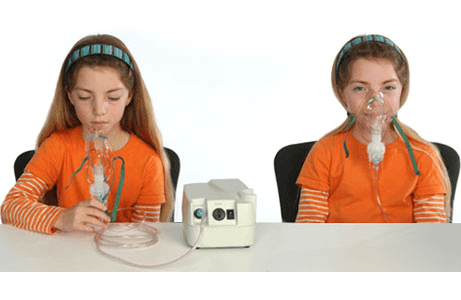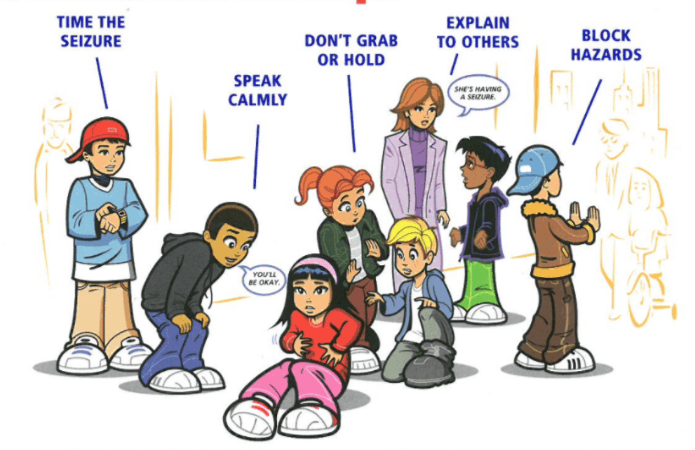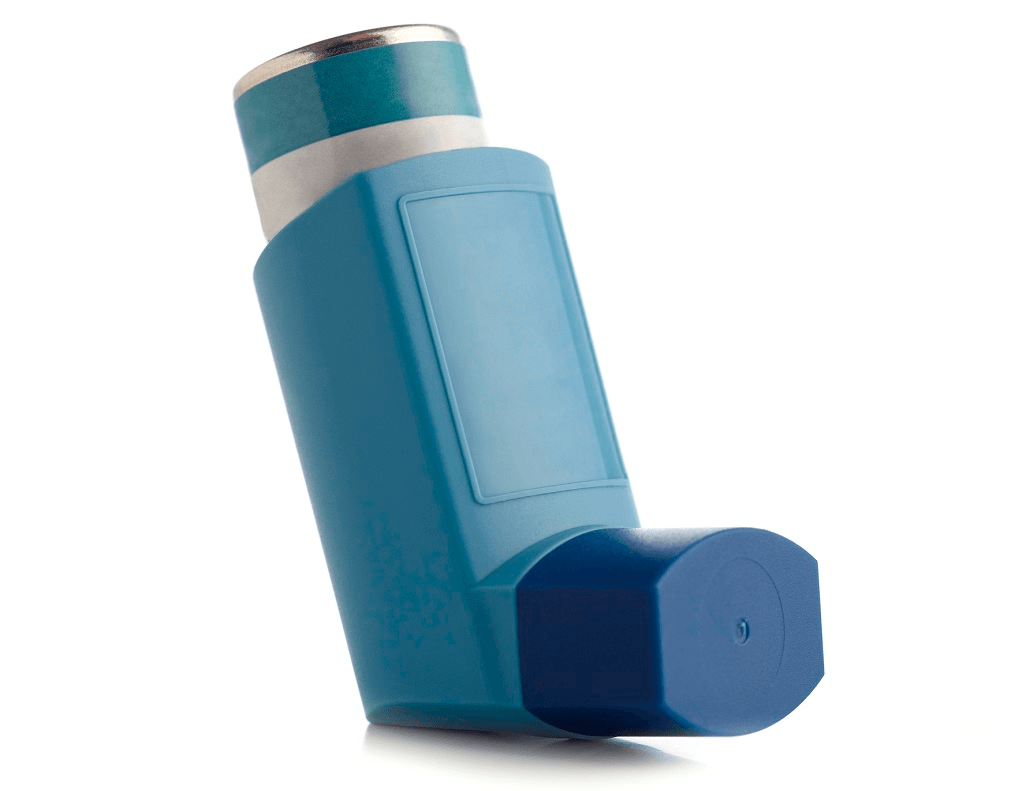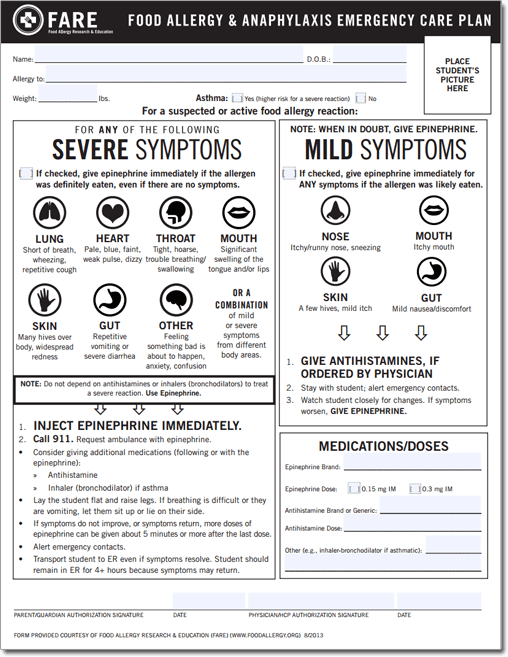Medication in lotion, cream, ointment, spray, or other form for external application for skin or other medical problems (it goes "on top___")
What is topical?
Your facility policy should include all of the following:
a. Who will administer medication and who the alternate person will be
b. What medication will be given
c. Where and how medication will be stored
d. Procedure for medication error or incident
e. All of the above
What is
ALL OF THE ABOVE?
Ways to tell if you have the Right child include all of the following EXCEPT:
a. Knowing the child from your experience
b. Asking the child if she is the name that appears on the label
c. Having a photo of the child attached to the medication administration paperwork
d. Having another staff member who is familiar with the child verify her identity
What is
B. Asking the child if they are the person on the bottle.
Upset stomach, diarrhea, dry mouth, changes in mood, and drowsiness after taking a
medication are all examples of:
a. Effective medication
b. Medication errors
c. Side effects
d. Overdose of medication
What are:
c. Side effects?
2. Which of the following WOULD NOT be an Asthma symptom?
a. Shortness of breath.
b. Excessive coughing.
c. Breathing easily and comfortably, without distress.
d. Waking at night
What is
c. Breathing easily and comfortably, without distress
This is medication that is put into the mouth such as tablets, capsules, and liquid medication

What is oral?
A mother brings in a few pills in a baggie and informs you they are antibiotics prescribed for an infections. She has filled out all the permissions and asks you to give the noon dose. What do you do?
a. Call the health care professional immediately to see if it is okay to give the medication
b. Give the medication to the child if it looks/smells okay
c. Refuse to give the medication
d. Don’t know
C. Refuse to give the medication
Administering the Right dose of medication involves all of the following EXCEPT:
a. Checking the label and the permission form to see if they match.
b. Using a measuring device
c. Verifying the dose with the child
d. Checking the measuring device at eye level
What is
C. Verifying the dose with the child.
When calling Poison Control, you should have which of the following information
available?
a. The medication container
b. The child’s current weight
c. The child’s Emergency Contact Form
d. All of the above
e. None of the above
What is
d. all of the above?

What is nebulizer treatment or nebulizer with mask?
This medication is available without a provider's order or pharmacy label.
What is "Over the Counter" medication?
When receiving a medication you should:
a. Match the label with permissions and instructions
b. Ask the parent/guardian about successful techniques that he has used to administer the
medication
c. Ask the parent/guardian about when the medication was last administered
d. All of the above
What is:
d. All of the above.
Which of the following is an example of an “as needed medication”?
a. Tylenol® for fever
b. Albuterol® for wheezing
c. Amoxicillin for ear infection
d. A and B
e. All of the above
What is
d. A and B
In which of the following situations should Poison Control be called:
a. The child refuses to take his medication
b. You give the wrong medication to a child
c. You give a medication to the wrong child
d. B and C
What is:
D. B and C
First aid for _________________
What is First aid for Seizure?
The _________________ Act states that a reasonable accommodation includes giving medication to children with ongoing special health needs.
What is Americans with Disabilities Act
A guardian brings you medication for her child. After receiving the medication, your next step should be to:
a. Sort the medication for ease of delivery
b. Log in medication and store it
c. Administer the medication within the next 3 hours
d. Don’t know
What is:
b. Log in the medication and store it.
A child refuses to take her medication. In order to get the child to comply, you consider mixing the medication with her favorite beverage. Before doing so you should:
a. Split the medication into 2 doses to ensure that the child takes her full dosage
b. Check with the health care professional or pharmacist before mixing medications with food or beverages
c. Give the child a small portion of the beverage prior to mixing the medication into it
d. None of the above
What is:
b. Check with the health care professional or pharmacist before mixing medications with food.
A child takes his medication in his mouth and then spits it out. What actions should be performed?
a. Notify the parent/guardian
b. Repeat the dose
c. Fill out a medication incident report
d. A and C
e. All of the above
What is
d. A and C ?
Excessive coughing.
Wheezing.
Chest tightness.
Shortness of breath.
Waking at night.
What are common symptoms of Asthma?
Medication that is administered by breathing it into the respiratory system (for example, a mist or spray medication)
What is inhalation or inhaled medication?
All of the following are steps in the process of receiving medications EXCEPT:
a. Match the label with the instructions
b. Check if container is labeled child-resistant
c. Check expiration date
d. Ensure that the child receives a dose that same day
d. Ensure the child receives a dose that same day.
A young toddler in your care is refusing to take a dose of antibiotic. You should:
a. Mix it in the child’s bottle
b. Hold his nose until he opens his mouth
c. Refuse to give the child the medication
d. Give the child the choice of what drink he wants after taking the medication
What is:
d. Give the child the choice of what drink he wants after taking the medication.
It is 2:00 PM and you realize that you forgot to give a dose of medication that was due
at 12:00 PM. The first thing you should do is:
a. Give the dose right away
b. Document the missed dose and notify the parent
c. Contact the child’s doctor
d. Contact the pharmacy to get the pharmacist’s advice
What is
b. Document the missed dose and notify the parent.

What is an allergy plan?